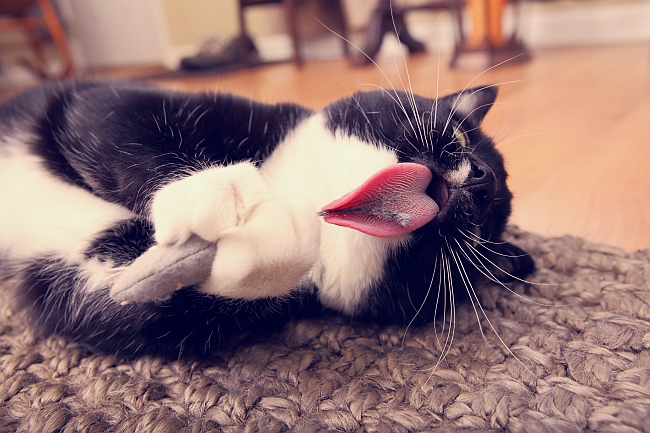
Catnip is considered by many to work like magic with cats. When it comes to training a cat, helping him relax before a car ride, become accustomed to a new home, or be drawn to new bed or litter box. It is generally regarded as a fantastic tool that works well for all cats and should be used by cat owners in a variety of ways. However, what is not often addressed are the drawbacks to using catnip. So before you head to the pet store to pick up a stash of catnip for your kitty, here are some things to be aware of.
Cautions About Catnip
Negative behavior: Though catnip usually relaxes a cat, or causes them to be a little loopy, it can have the opposite effect on other felines. Some actually become more aggressive, erratic and possessive. Some cats bite, hiss, or scratch without warning. Though it is normal for cats to be tenacious when they are playing or stalking a toy, feather or felt mouse, if you notice an increase of this kind of behavior, then separate yourself from the cat (to avoid getting scratched or bitten accidentally) for about 15 minutes until your cat has a chance to calm down and the aggression to dissolve. In most cases a cat will drift off to sleep, giving the catnip a chance to wear off. In the future, it would be best to leave the catnip out of playtime.
Kittens: Some feline experts believe that exposure to catnip at a young age might actually be detrimental for small cats. Though there are not many studies proving this is a hazard, before a cat is sexually mature there does not seem to be any benefit of using catnip. When a cat is over 8 weeks old, they can be around catnip, but before it seems to be both ineffective for many cat owners and not worth investing in.
Ingesting catnip: We know that domestic pets struggle with pica when they are lacking sufficient vitamins or if they are suffering from health issues. Because of this, curtains, socks, or household plants and grass might become the object of your cat’s focus. However, if a feline starts feasting on catnip, this could result in vomiting, diarrhea, and other digestive issues. Since some toys have catnip embedded inside, this could also result in the cat eating part of the toy and suffering from those complications.
Allergies: Some cats actually have allergies to catnip. Though there are over 200 varieties of the plant, making the likelihood of a cat being allergic very small, it still occurs. Some cats have had seizures or gone unconscious from being around catnip, or simply being overexposed to the plant. Before you bring catnip around, try using a little at a time, like rubbing the catnip bag with a sock and letting your cat sniff the sock to see how he reacts in small doses. If you are still unsure, talk to your vet and error on the side of choosing an organic catnip product.

